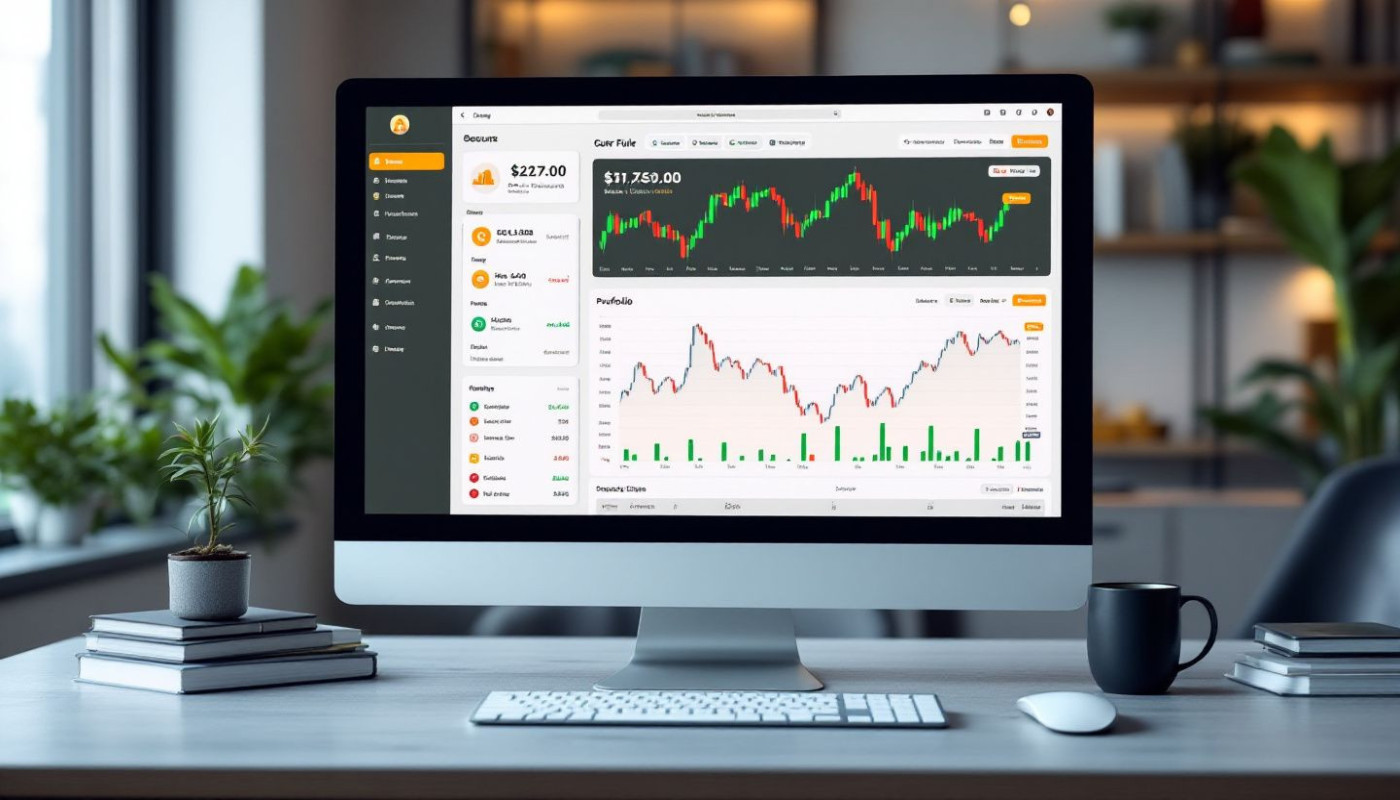Table of contents
In today's interconnected world, the safety of your digital assets is a matter of constant concern. As online currencies grow in popularity, so do the risks associated with managing and protecting your portfolio. Discover what it takes to keep your investments secure and why every online currency holder needs to stay informed about the best security practices.
Understanding digital asset risks
Digital asset security is challenged by a growing number of attack vectors that can compromise online currency portfolios. Hacking remains a primary attack vector, with cyber threats targeting both exchanges and individual wallets to gain unauthorized access. Phishing represents another attack vector, as malicious actors trick users into revealing sensitive information through deceptive communications. Malware is also used as an attack vector by infiltrating devices to steal private keys or login credentials, making portfolio protection a constant concern. Social engineering, a psychological attack vector, manipulates individuals into breaking security protocols, reminding digital asset owners that safeguarding investments requires vigilance against both technical and human threats. Awareness of these common risk scenarios is vital for effective portfolio protection and minimizing online currency risks.
Securing wallets effectively
Digital asset protection starts with selecting the right type of wallet, as each offers distinct wallet security features and risk levels. Hot wallets, which remain connected to the internet, provide convenience for frequent transactions but expose online currency storage to cyber threats if not properly protected. Cold wallets, including hardware and paper wallets, keep assets offline, drastically reducing hacking risks but requiring diligent private key management. Hardware wallets, small physical devices, store private keys securely away from online threats, while paper wallets rely on a physical printout of cryptographic keys, demanding careful handling to prevent loss or theft.
Best practices for secure wallets include creating unique, strong passwords that avoid obvious patterns and using multi-factor authentication for an extra layer of defense. When choosing a wallet, consider not only the form of storage but also its compatibility with multi-factor authentication and its reputation for robust password protection. Setting up wallets should always involve backing up recovery phrases and storing them separately from the wallet itself. By paying attention to these security measures, online currency storage is better protected from both digital breaches and physical loss, making private key management a top priority for any digital asset holder.
Recognizing phishing and social traps
Cybercriminals use increasingly sophisticated tactics to deceive online currency holders, with phishing scams and social engineering attacks posing some of the most persistent dangers. Phishing scams typically arrive as emails or messages that appear legitimate, urging the recipient to click on malicious links or provide sensitive information. These messages often mimic trusted platforms, using convincing language and counterfeit branding, making digital asset fraud harder to detect. In addition, scammers create fake websites that closely resemble authentic online currency platforms, tricking users into entering login credentials, which are then harvested for online currency theft. Impersonation schemes are also prevalent; criminals may pose as customer support agents or well-known figures within the cryptocurrency community, exploiting the trust of unsuspecting individuals.
Recognizing a social engineering attack requires vigilance and an understanding of common warning signs. Always be wary of unsolicited communications that urge immediate action, especially those requesting access to wallets or private keys. Scam detection involves scrutinizing the sender’s email address, checking for subtle misspellings in links, and verifying web addresses before logging in or entering any data. Legitimate platforms will never ask for sensitive information via unsecured channels, so any such request should raise suspicion.
To further guard against digital asset fraud, enable multi-factor authentication on all accounts and regularly update passwords with strong, unique combinations. Stay informed about the latest online currency theft tactics, and consult official resources or support channels directly if in doubt about the legitimacy of a communication. Adopting these practices significantly reduces exposure to social engineering attacks and phishing scams, making the digital environment safer for online currency portfolio management.
Staying updated with security trends
Keeping up with security updates and monitoring the latest online currency trends is vital for anyone committed to digital asset protection. New vulnerabilities and attack methods constantly emerge within the fast-paced world of online currency, making vulnerability management an ongoing priority. Reliable sources for threat intelligence and cybersecurity news include established security blogs, official cryptocurrency project sites, and reputable industry publications. Following these channels enables individuals and organizations to quickly implement recent patches and understand the broader context of potential risks.
Online currency holders should subscribe to security updates provided by wallet manufacturers, exchanges, and operating system developers. These updates often address flaws before they are widely exploited, reducing the risk of loss. Engaging with online forums, participating in webinars, and consulting with cybersecurity experts all contribute to an informed approach to digital asset protection. Additionally, tracking online currency trends can alert users to emerging scams, phishing techniques, and innovative protection strategies, which are frequently discussed across community platforms and social media channels.
Staying informed about recent developments is not just about reacting to threats, but proactively securing digital assets against them. Investing in ongoing education and regularly consulting expert opinion helps in recognizing and mitigating the newest risks. For those interested in further exploring secure and innovative investment methods, resources like right here can provide valuable insights into current best practices and opportunities in the cryptocurrency landscape.
Building a resilient backup plan
Developing a robust backup strategy is a fundamental aspect of safeguarding any online currency portfolio, as it ensures portfolio resilience even if a device is lost, stolen, or compromised. Regular backups act as a redundancy protocol, providing multiple secure copies of wallet files, private keys, or recovery phrases. Employing encrypted storage solutions, such as password-protected hardware wallets or encrypted cloud storage, minimizes the risk of unauthorized access while maintaining accessibility for legitimate digital asset recovery. For heightened security, integrating off-site backup options—like storing copies in physically separated secure locations—reduces vulnerability to localized disasters or targeted cyber attacks.
Being prepared for disaster recovery is paramount, not just from a technical but also from an organizational perspective. Clear documentation of backup procedures, including step-by-step restoration instructions, can expedite recovery and minimize potential losses. Additionally, periodic testing of backups to verify their integrity and accessibility ensures that restoration processes will function when needed. This comprehensive approach to backup strategy underpins the long-term security of a digital asset portfolio, making recovery feasible and mitigating the impact of unforeseen incidents.
On the same subject

Exploring The Benefits Of No Share Capital Crypto Licenses

Key Benefits Of Incorporating A Business In Asia

